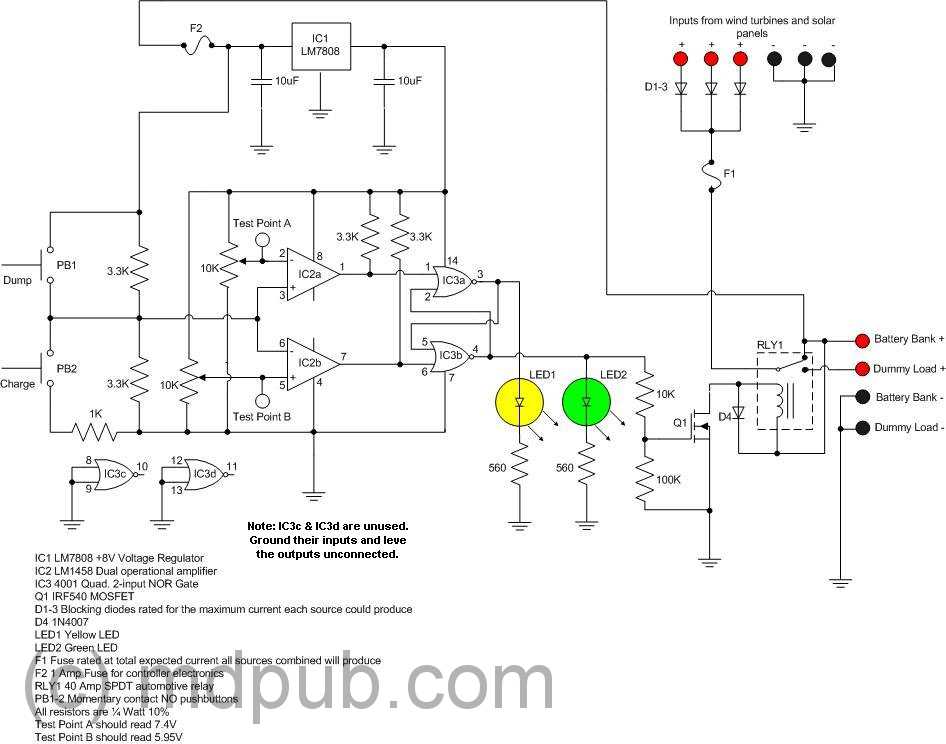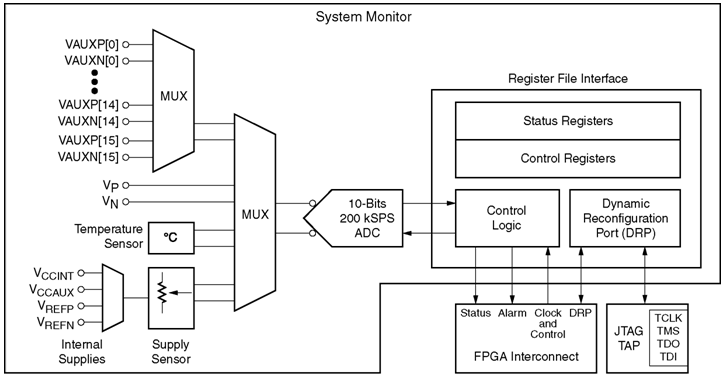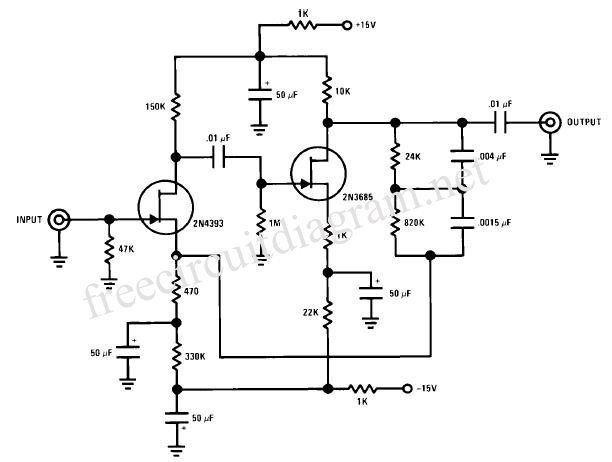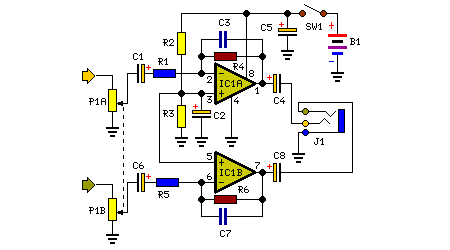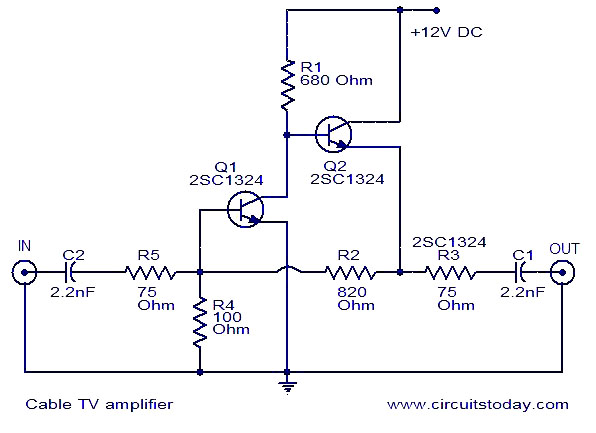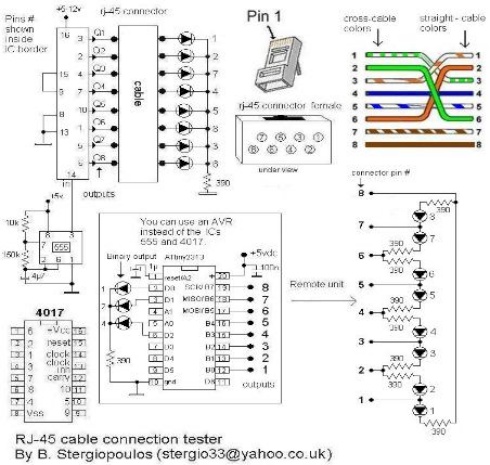
Transistor Common Base Amplifier
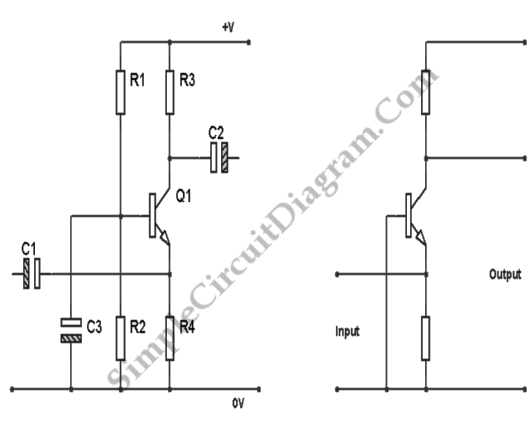
In terms of AC signals, the base is connected to the ground through capacitor C3. Consequently, both the input and output are linked to the base, forming a common base amplifier configuration.
The common base amplifier is a type of transistor amplifier where the base terminal is common to both the input and output circuits. This configuration is particularly useful for applications requiring high-frequency response and low input impedance. The input signal is applied to the emitter terminal, while the output is taken from the collector terminal.
In this setup, the capacitor C3 serves as a coupling capacitor, allowing AC signals to pass while blocking DC components. This ensures that the DC biasing conditions of the transistor remain stable, which is critical for maintaining linear amplification.
The common base amplifier typically exhibits a voltage gain greater than one but provides a low input impedance, making it suitable for matching with low-impedance sources. Additionally, the output impedance is relatively high, allowing for effective signal transfer to subsequent stages of amplification.
When designing a common base amplifier, careful consideration must be given to the biasing network, which usually consists of resistors connected to the emitter and collector to set the operating point of the transistor. The choice of transistor type (BJT or FET) will influence the amplifier's performance characteristics, including gain, bandwidth, and linearity.
Overall, the common base amplifier configuration is an essential part of electronic circuit design, particularly in RF applications, where its unique properties can be leveraged for effective signal processing.As far as AC is concerned, the base is connected to the ground by the C3. Therefore, both input and output are connected to the base (common base amplifier).. 🔗 External reference
The common base amplifier is a type of transistor amplifier where the base terminal is common to both the input and output circuits. This configuration is particularly useful for applications requiring high-frequency response and low input impedance. The input signal is applied to the emitter terminal, while the output is taken from the collector terminal.
In this setup, the capacitor C3 serves as a coupling capacitor, allowing AC signals to pass while blocking DC components. This ensures that the DC biasing conditions of the transistor remain stable, which is critical for maintaining linear amplification.
The common base amplifier typically exhibits a voltage gain greater than one but provides a low input impedance, making it suitable for matching with low-impedance sources. Additionally, the output impedance is relatively high, allowing for effective signal transfer to subsequent stages of amplification.
When designing a common base amplifier, careful consideration must be given to the biasing network, which usually consists of resistors connected to the emitter and collector to set the operating point of the transistor. The choice of transistor type (BJT or FET) will influence the amplifier's performance characteristics, including gain, bandwidth, and linearity.
Overall, the common base amplifier configuration is an essential part of electronic circuit design, particularly in RF applications, where its unique properties can be leveraged for effective signal processing.As far as AC is concerned, the base is connected to the ground by the C3. Therefore, both input and output are connected to the base (common base amplifier).. 🔗 External reference
